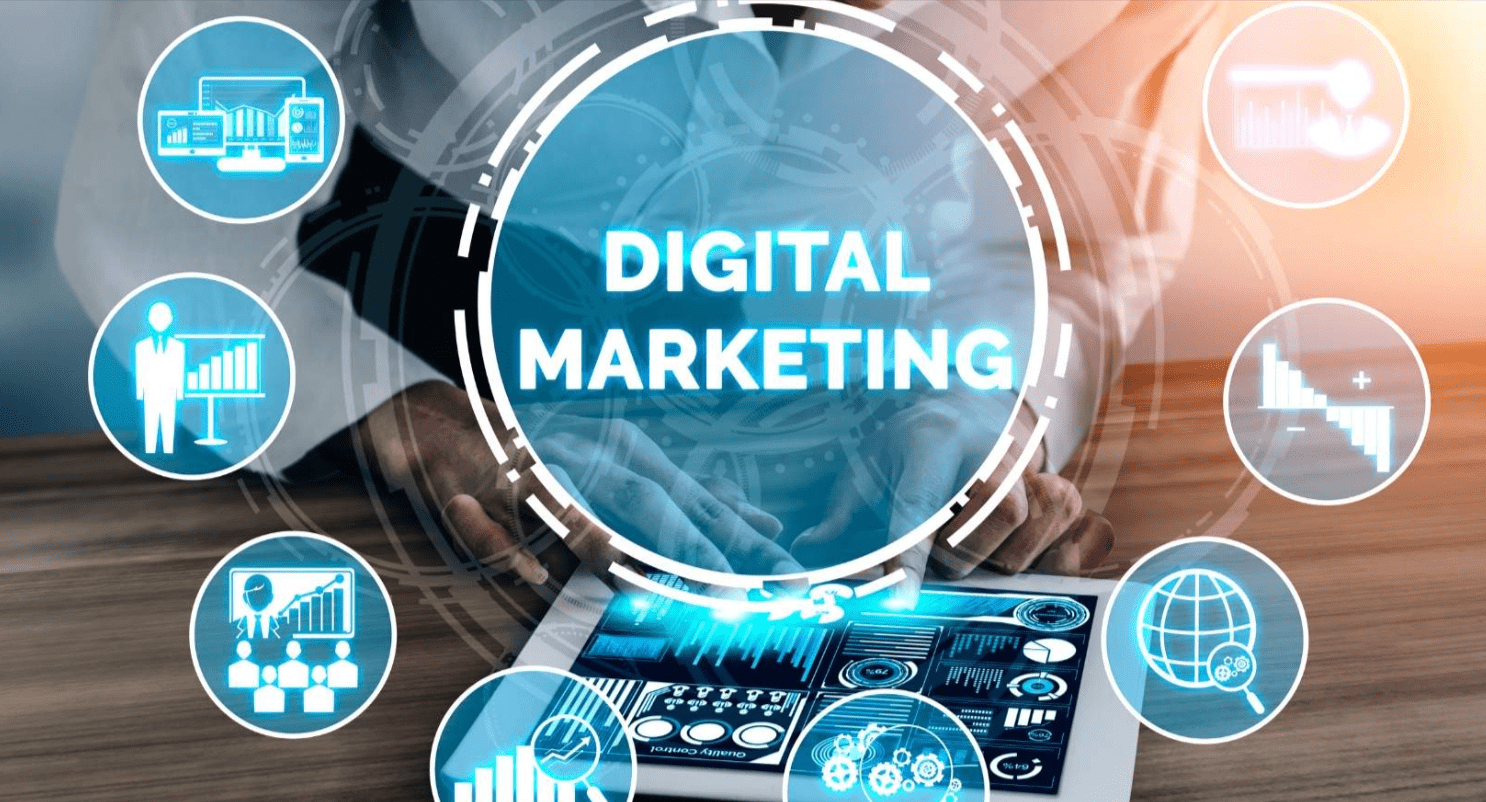The retail world has changed drastically in the last two decades. Gone are the days when shopping meant a trip to a physical store or flipping through catalogues. Today, the shopping journey begins with a simple search on Google, a recommendation from a social media influencer, or even a targeted ad that appears while scrolling through a news feed. Digital marketing has not only influenced what we buy, but also how, when, and why we buy it. Let’s take a deeper look into how digital marketing has fundamentally transformed the way we shop.
The Rise of E-Commerce
Perhaps the most obvious shift driven by digital marketing is the explosive growth of e-commerce. Retailers now operate 24/7 online storefronts that allow consumers to browse, compare, and purchase products without ever leaving their homes. The success of giants like Amazon is no accident—it is a direct result of highly sophisticated digital marketing strategies that include personalized recommendations, targeted email campaigns, and search engine optimization (SEO). Effective online reputation management in Collingwood, ON also plays a crucial role in how businesses are perceived and trusted by their digital audiences.
Even smaller businesses can compete in this space thanks to tools like Google Ads and social media platforms that offer hyper-targeted advertising capabilities. As a result, local and niche brands are now reaching national or even global audiences, often without the need for a brick-and-mortar presence.
Data-Driven Personalization
Modern consumers are no longer satisfied with generic marketing. They expect personalized experiences tailored to their preferences, behaviors, and past interactions. Digital marketing leverages user data to create these customized journeys. From product suggestions based on browsing history to emails triggered by abandoned shopping carts, data is the fuel behind most of today’s successful marketing campaigns.
AI and machine learning have further enhanced personalization. Marketers can now segment audiences more precisely and deliver content that resonates on a personal level. This level of customization makes shoppers feel seen and understood, increasing the likelihood of conversion and brand loyalty.
Social Media Influence and Instant Trends
Social media platforms have become powerful shopping influencers. Whether it’s a fashion trend on Instagram, a viral product on TikTok, or a new gadget featured in a YouTube review, social media has become a direct path from discovery to purchase. Influencer marketing plays a major role in this ecosystem, with creators driving product awareness and trust through authentic, relatable content.
These platforms also accelerate the speed at which trends emerge and fade. What’s in today could be outdated tomorrow, and brands need to move quickly to stay relevant. Agile digital marketing strategies enable businesses to ride the wave of viral trends and engage consumers in real time.
Online Reviews and Reputation
In the digital age, a brand’s reputation is more visible and more important than ever before. Online reviews, star ratings, and customer testimonials often influence purchasing decisions more than traditional advertising. According to various studies, the majority of consumers read online reviews before buying a product or service.
Businesses that manage their online reputations well not only build trust but also improve their visibility in search engine results.
Mobile Shopping and On-the-Go Decisions
Smartphones have turned every moment into a potential shopping opportunity. Mobile-friendly websites, shopping apps, and location-based marketing tactics cater to consumers who research and shop while on the move. Digital marketing adapts to this mobile-first environment by ensuring fast-loading pages, click-to-call buttons, and intuitive user experiences.
In-store shoppers also use mobile devices to compare prices, check availability, or read reviews, blending online and offline experiences into a seamless journey. Retailers who embrace this behavior through omnichannel strategies tend to outperform those that rely solely on in-person engagement.
The Future: Immersive and Predictive Experiences
As technology continues to evolve, so does digital marketing. Augmented reality (AR) allows shoppers to visualize products in their homes before purchasing. Voice search enables hands-free product discovery. Predictive analytics anticipate what customers will need next, sometimes before they even realize it themselves.
The future of shopping will be even more integrated, personalized, and frictionless. Brands that continue to innovate digitally will shape how we shop for years to come, delivering experiences that go beyond the transaction to build lasting relationships.
Final Thoughts
Digital marketing has redefined the retail landscape, shifting control to the consumer and enabling brands to connect in more meaningful, responsive ways. From e-commerce to personalization, social media influence to mobile convenience, the transformation is ongoing and undeniable. Businesses that understand and adapt to these changes are well positioned to thrive in this ever-evolving marketplace.
